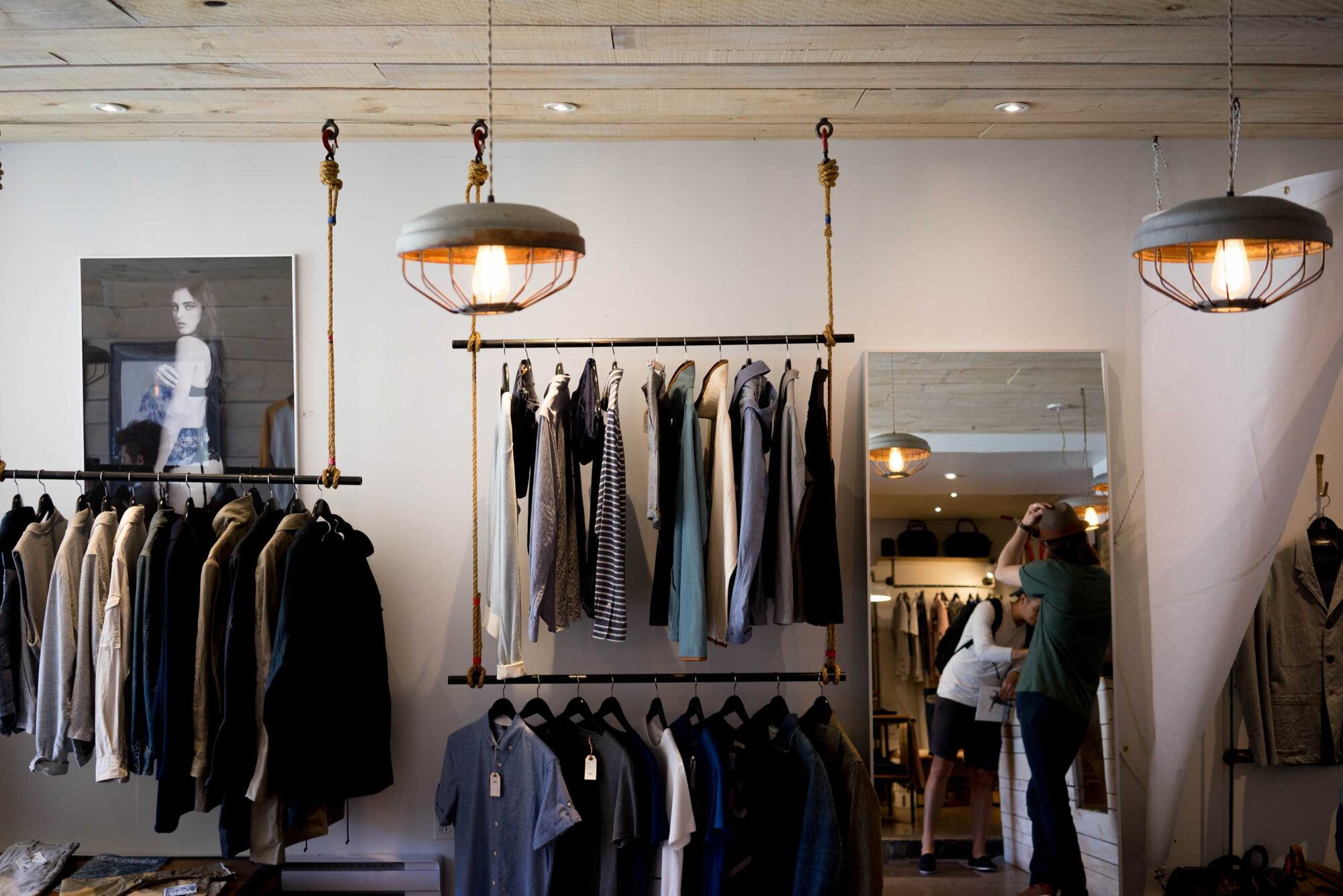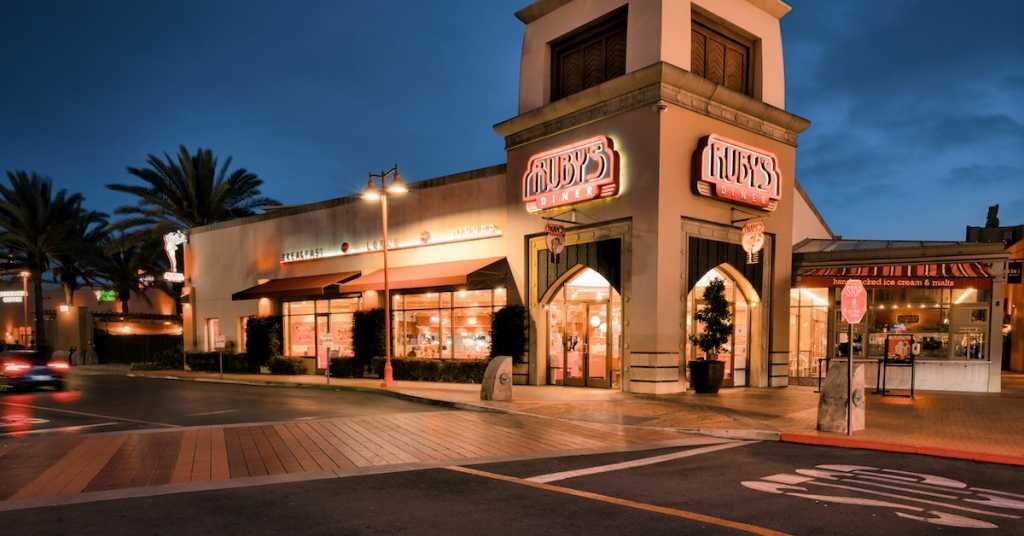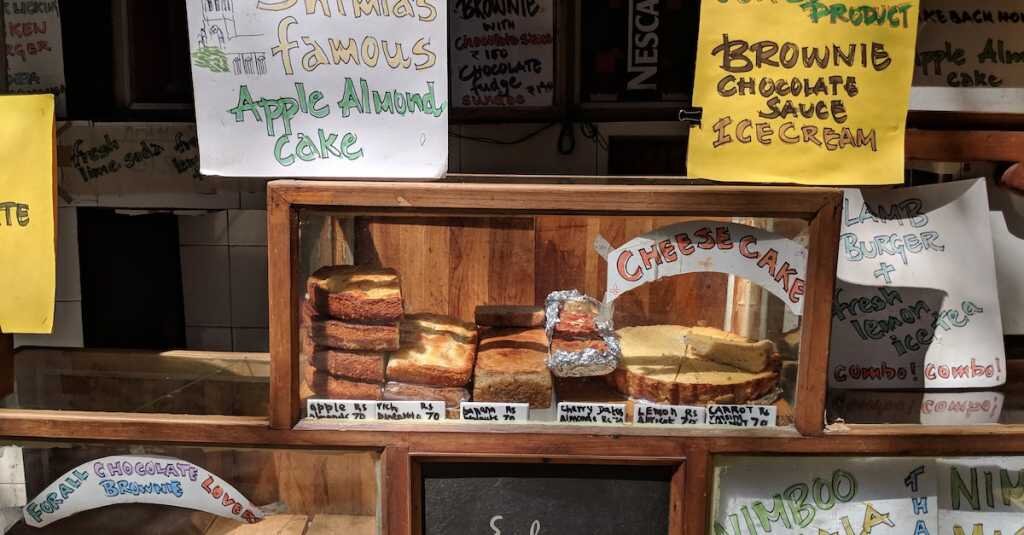What Leasing a Retail Space Actually Costs
Category: Learn

There's much more to the actual cost of leasing a retail space beyond asking rent. In this article, we'll discuss how retail leases work, the best way for a new retail business to budget for monthly rent, and extra costs to consider to help understand what renting a retail space really costs.
Main Types of Retail Leases
Looking for a commercial space to rent can be confusing at first. No two leases are the same, even with the same retail landlord, leasing office, and property.
It helps to understand the main types of retail leases when looking at retail commercial spaces for rent.
Retail lease types
- Gross Lease: An "all-inclusive" retail lease that includes a single payment for everything, including utilities and triple net expenses.
- Modified Gross Lease: Consists of the base rent and some tenant expenses such as utilities or janitorial service.
- Single Net Lease: The tenant pays a base rent, utilities, and property tax (which is the 'single net').
- Double Net Lease: The tenant pays a base rent, utilities, property tax, and pro-rata share of insurance on the property.
- Triple Net Lease (NNN): Common for anchor tenants or single-tenant retail properties, where the tenant pays base rent, utilities, property taxes, insurance, and building repairs.
Percentage Retail Leases
Retail tenants with a percentage lease pay a lower fixed base rent each month, their share of the net charges, and a percentage of monthly gross sales as additional rent.
Specific Types of Percentage Leases:
Breakpoint Percentage Lease is where tenants pay a fixed base rent plus a percentage of gross sales that exceed a predetermined breakpoint. For instance, if a tenant's gross sales reach $200,000 in a month and the breakpoint is $100,000 with a 5% percentage, the tenant would owe:
- Base Rent = $5,000
- Percentage Rent = ($200,000 - $100,000) x 5% = $5,000
- Total Rent = $5,000 + $5,000 = $10,000
Natural Breakpoint Lease is where the breakpoint is calculated by dividing the base rent by the percentage rate. For example, with a base rent of $10,000 and a percentage rate of 6%, the natural breakpoint is $166,667. If gross sales exceed this amount, percentage rent is applied.
Although paying a percentage of revenues to a landlord may seem unfair at first, percentage retail leases can be a win-win for both the landlord and tenant. Landlords are incentivized to keep space for rent as a commercial retail property in top condition to attract foot traffic, while tenants pay less rent when business is slow or seasonal.
How a Percentage Retail Lease Works
Let’s assume a retail tenant has a base monthly rent (including net charges) of $7,500 per month and pays 3% of gross monthly sales of $50,000 or more. If the tenant’s gross sales this month was $125,000, the total rent based on a percentage lease would be $9,750:
- Base rent = $7,500
- Percentage rent = $125,000 - $50,000 = $75,000 x 3% = $2,250
- Total rent = $7,500 base + $2,250 percentage = $9,750
Retail Lease Rates and Average Costs
Retail lease rates vary widely based on location, space size, and market demand. Typically, lease rates are quoted as price per square foot per year or per month. As an overview:
- Prime Urban Locations: Lease rates can range from $40 to $100 per square foot annually.
- Suburban Areas: Expect rates between $20 and $50 per square foot annually.
- Secondary and Tertiary Markets: Rates might range from $10 to $20 per square foot annually.
Additional costs like common area maintenance (CAM) fees, insurance, and taxes may add $5 to $15 per square foot annually. For example:
- Base Rent: $20 per square foot annually for 2,000 square feet = $40,000/year
- CAM Fees: $5 per square foot annually = $10,000/year
- Total Monthly Cost: $4,166.67
Calculating Monthly Rent for a Retail Space
How retail rent is quoted can vary by market. Some areas (like Los Angeles) quote rent on a monthly basis per square foot, whereas others may provide a yearly rate per square foot. For instance, a monthly rate of $2.00 per square foot translates to an annual rate of $20.00 per square foot when multiplied by 12 months.
To calculate the monthly rent for a retail space, one starts by multiplying the quoted rent per square foot by the total square footage of the space being leased. Following this, any additional 'net' charges and applicable percentage rent amounts are factored in to arrive at the total monthly cost.
- Base rent: 5,000 square feet x $20 per square foot = $100,000 annually / 12 months = $8,333 per month
- Net charges: $2.50 per square foot per year x 5,000 square feet = $12,500 annual cost / 12 months = $1,042 per month
- Percentage rent: 4% of gross monthly sales of $50,000 or more, estimated monthly sales of $125,000 x 4% = $3,000 ($125,000 - $50,000 = $75,000 x 4%)
- Total estimated monthly retail rent = $12,375 per month
Extra Costs to Consider When Renting Retail Space
When entering a retail lease, it's crucial for businesses to be aware that their financial commitments extend beyond the base rent. Several additional costs can impact the overall expense of renting a retail space.
Base rent increases
A common feature of multi-year retail leases is the "rent escalation clause." This provision outlines predetermined annual increases in the base rent, often starting at 3% or higher. These increases are negotiated upfront, providing both parties a clear expectation of future financial obligations.
Maintenance and repairs, including HVAC
Lease agreements specify the party responsible for various types of maintenance and repairs. Retail tenants frequently bear the responsibility for maintaining heating, ventilation, and air conditioning (HVAC) systems and addressing issues with interior plumbing, electrical systems, and window damage.
Common area maintenance (CAM) fees
Costs associated with the upkeep of shared spaces — such as parking lots, outdoor lighting, public restrooms, and landscaping — are known as CAM fees. Landlords distribute these expenses among tenants based on each tenant's proportionate share of the total leased space, aligning costs with the benefits received from these common areas.
Building code compliance
Modifications within the retail space, like constructing new walls, updating dressing rooms, reconfiguring HVAC systems, or installing specific fixtures, may necessitate compliance with additional building codes. Such changes can incur permitting fees and inspections, typically at the tenant's expense, ensuring safety and regulatory compliance.
Liability insurance requirements
Landlords generally require retail tenants to obtain liability insurance, which must also name the landlord as an additional insured. This precaution safeguards the property owner against potential claims arising from injuries, theft, or business interruptions affecting the tenant's customers or employees, thereby providing financial protection for all involved parties.
Factors Impacting Retail Lease Costs
The demand for retail property remains strong in markets like Austin, Phoenix, and Miami, driven by population growth and consumer spending trends in 2024. According to recent CBRE and Colliers market reports:
- High-Traffic Locations: Spaces in dense urban areas or near major transit hubs command premium rents due to visibility and accessibility.
- Amenities and Build-Outs: Landlords with move-in-ready spaces or those that invest in modern amenities often secure higher lease rates.
- Economic Trends: Rising interest rates and inflation pressures have influenced leasing costs, pushing some tenants to seek shorter-term leases or smaller spaces.
- Suburban Demand: Suburban markets continue to see increased activity as retailers expand into secondary locations to capture residential growth.
- Competition: High-demand markets with limited supply create competitive conditions that drive up lease prices for prime retail locations.
Frequently Asked Questions
How do retail leases work?
Retail leases typically outline the terms under which a tenant rents a commercial property. Depending on the lease type, tenants may pay base rent along with additional costs like taxes, insurance, and maintenance fees.
What is the average cost of retail space?
Costs vary significantly by location, with annual rates ranging from $10 to $50 per square foot. Additional fees such as CAM charges can add $5 to $15 per square foot annually.
How much does it cost to lease a retail space?
Costs depend on size, location, and lease type. For example, a 2,000-square-foot space at $20 per square foot annually, with $5 per square foot in CAM fees, would total $4,166.67 per month.
Where to Find Retail Space for Lease
Hiring a local tenant's broker or utilizing an online brokerage site are two of the best ways to locate the ideal retail space for lease in various markets nationwide.
Local commercial real estate brokers bring a wealth of knowledge regarding the most sought-after markets and submarkets for retail leasing. Their expertise enables them to provide invaluable insights into available spaces that meet specific business needs.
Explore detailed listings, including information on asking rents, property specifics, neighborhood demographics, and prevailing market trends, and rely on Crexi as an essential tool for tenants navigating the commercial real estate market.
Ready to search? Find your perfect retail space for lease on Crexi.





